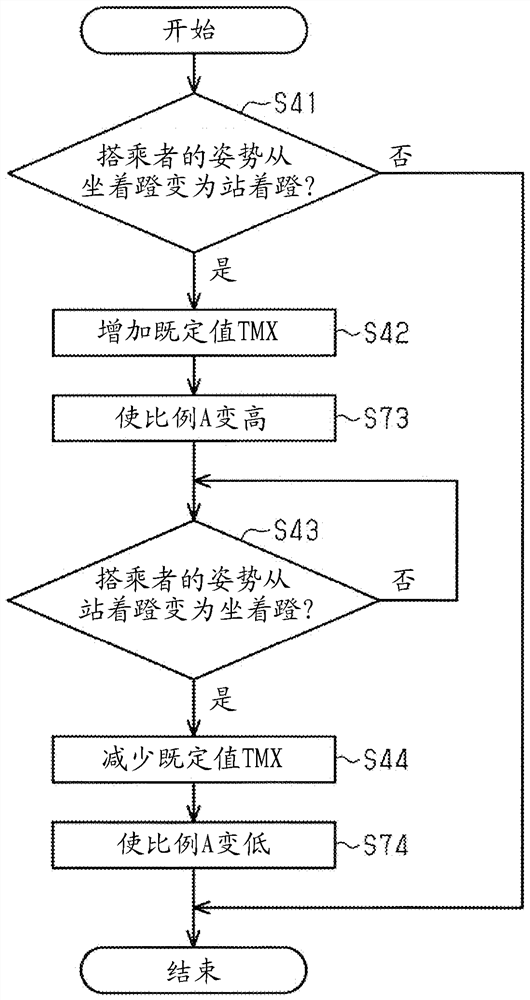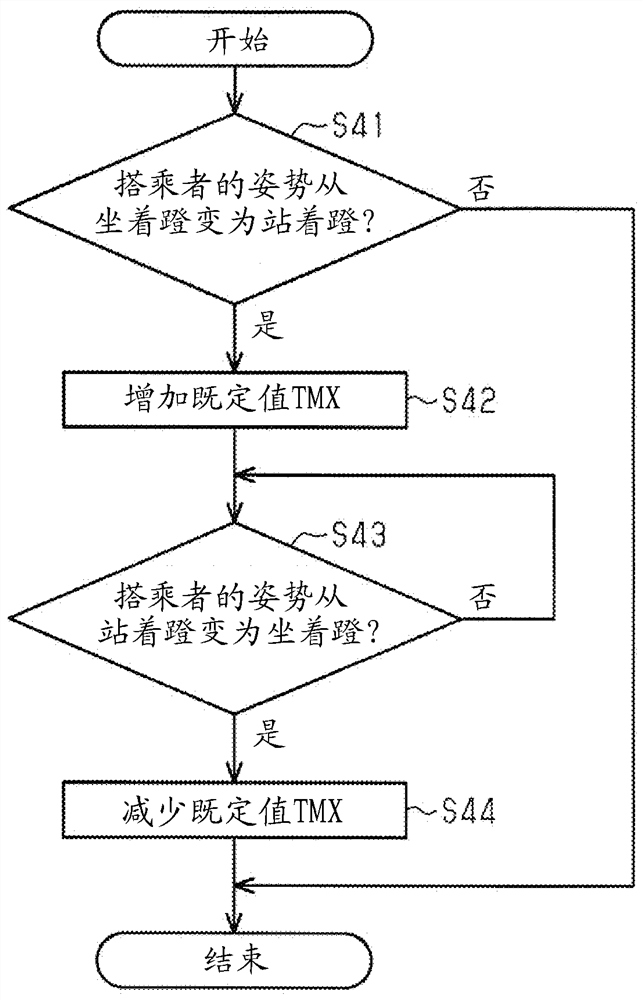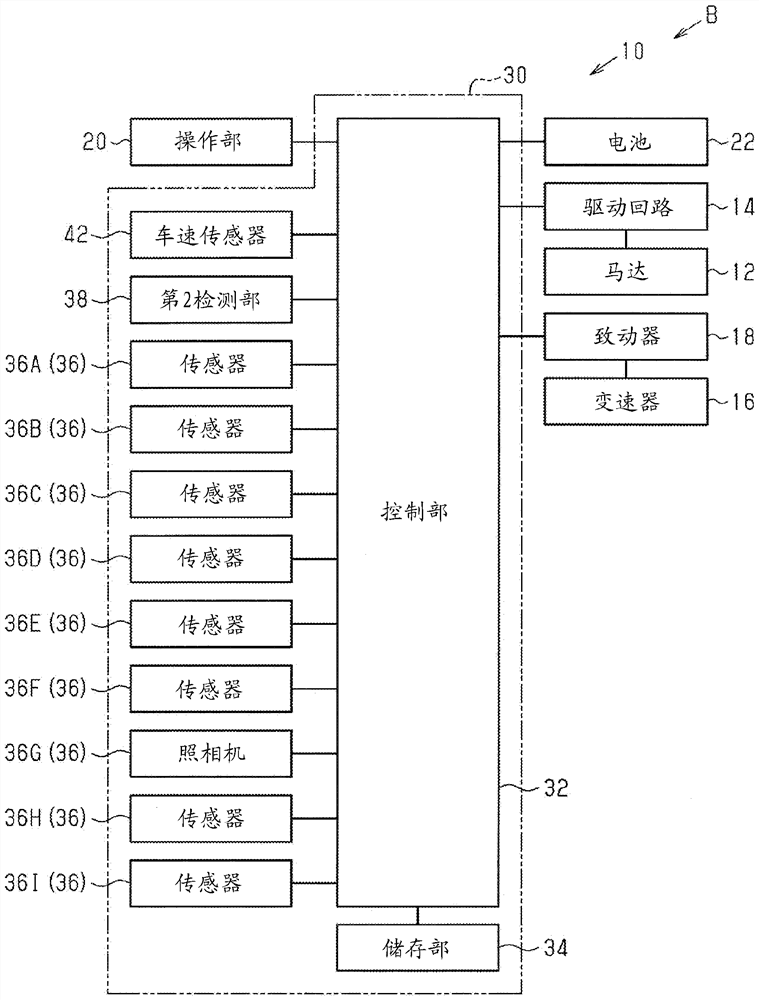Control devices for human-powered vehicles
A technology for human-driven and control devices, applied in chain/belt drives, vehicle components, vehicle gearboxes, etc., to solve problems such as the inability to change motor output characteristics
- Summary
- Abstract
- Description
- Claims
- Application Information
AI Technical Summary
Problems solved by technology
Method used
Image
Examples
no. 1 Embodiment approach
[0056] refer to figure 1 , the control device 30 for a human-powered vehicle according to the embodiment will be described. The human-powered vehicle control device 30 is provided in the human-powered vehicle B. As shown in FIG. The human-powered vehicle B is a vehicle that can be driven by at least human-powered driving force. The human-powered vehicle B includes, for example, a bicycle. The number of wheels of the human-powered vehicle B is not limited, and includes, for example, unicycles and vehicles with three or more wheels. Bicycles include, for example, mountain bikes, road bikes, city bikes, cargo bikes, and recumbent bikes. Hereinafter, in the embodiment, the human-powered vehicle B will be described as a bicycle.
[0057] The human-powered vehicle B includes a vehicle frame, a crank and a driving wheel. Human driving force is input to the crank. The crank includes a crank shaft rotatably supported by the vehicle frame, and crank arms respectively provided at b...
no. 2 Embodiment approach
[0099] refer to figure 1 and Figure 6 , the control device 30 for a human-powered vehicle according to the second embodiment will be described. The human-powered vehicle control device 30 of the second embodiment replaces image 3 The process of changing the characteristics of the first response shown in the Figure 6 Except for the processing of changing the first response characteristic and the second response characteristic shown, it is the same as the human-powered vehicle control device 30 of the first embodiment, so the same structure as the first embodiment is marked with the first embodiment. The same reference numerals are used to omit repeated explanations.
[0100] The control unit 32 changes at least one of the first response characteristic and the second response characteristic according to the posture of the passenger. In the present embodiment, the control unit 32 changes both the first response characteristic and the second response characteristic accordin...
no. 3 Embodiment approach
[0108] refer to figure 1 and Figure 7 , the control device 30 for a human-powered vehicle according to the third embodiment will be described. The human-powered vehicle control device 30 of the third embodiment replaces image 3 The process of changing the characteristics of the first response shown in the Figure 7 Except for the processing of changing the predetermined value TMX shown, it is the same as the human-powered vehicle control device 30 of the first embodiment, so the same reference numerals as those of the first embodiment are assigned to the same configurations as in the first embodiment. Repeated descriptions are omitted.
[0109] The control unit 32 changes the predetermined value TMX according to the posture of the passenger. The control unit 32 makes the predetermined value TMX higher when the rider's posture is standing and pedaling than when the rider's posture is sitting and pedaling.
[0110] refer to Figure 7 , to describe the process of changing...
PUM
 Login to View More
Login to View More Abstract
Description
Claims
Application Information
 Login to View More
Login to View More - R&D
- Intellectual Property
- Life Sciences
- Materials
- Tech Scout
- Unparalleled Data Quality
- Higher Quality Content
- 60% Fewer Hallucinations
Browse by: Latest US Patents, China's latest patents, Technical Efficacy Thesaurus, Application Domain, Technology Topic, Popular Technical Reports.
© 2025 PatSnap. All rights reserved.Legal|Privacy policy|Modern Slavery Act Transparency Statement|Sitemap|About US| Contact US: help@patsnap.com



